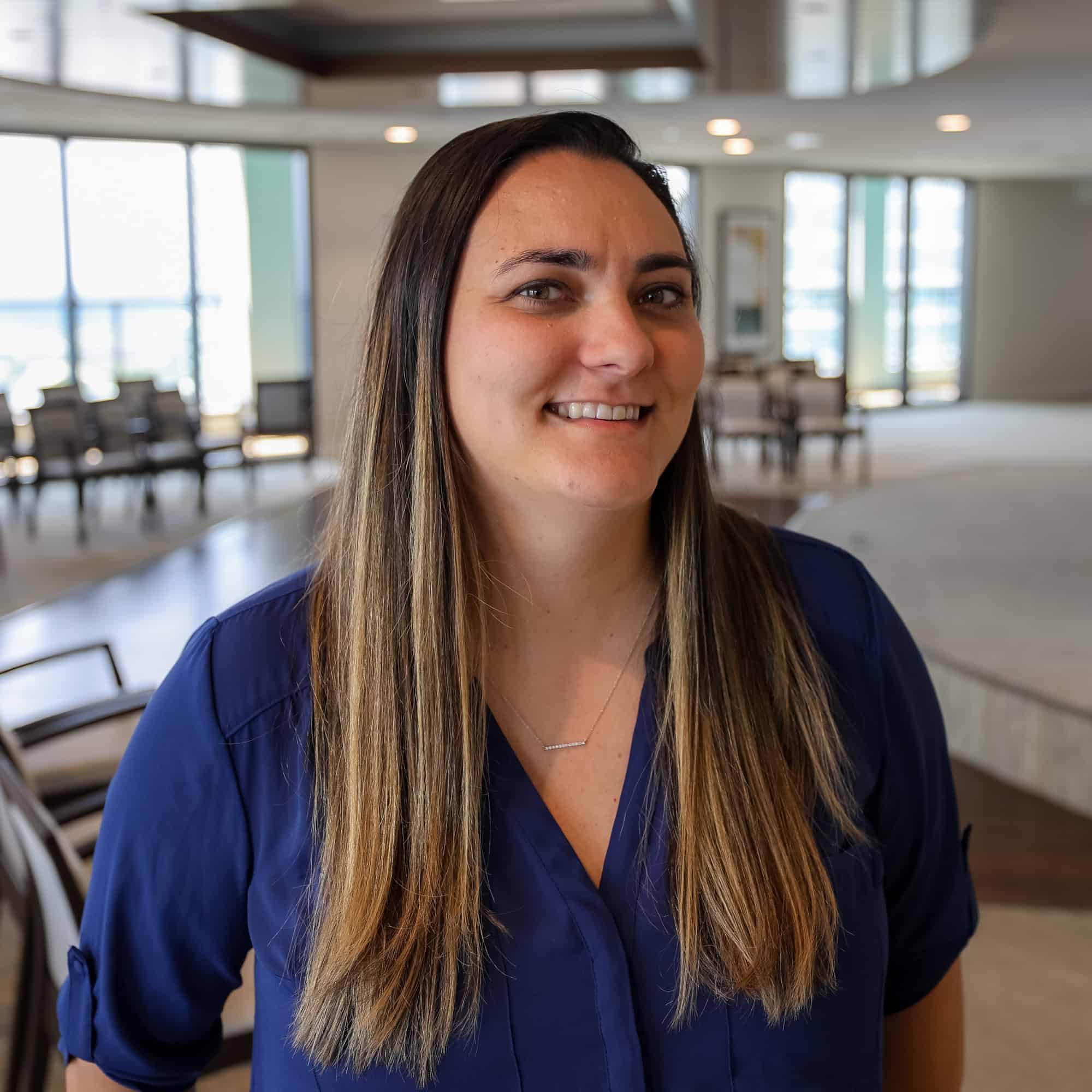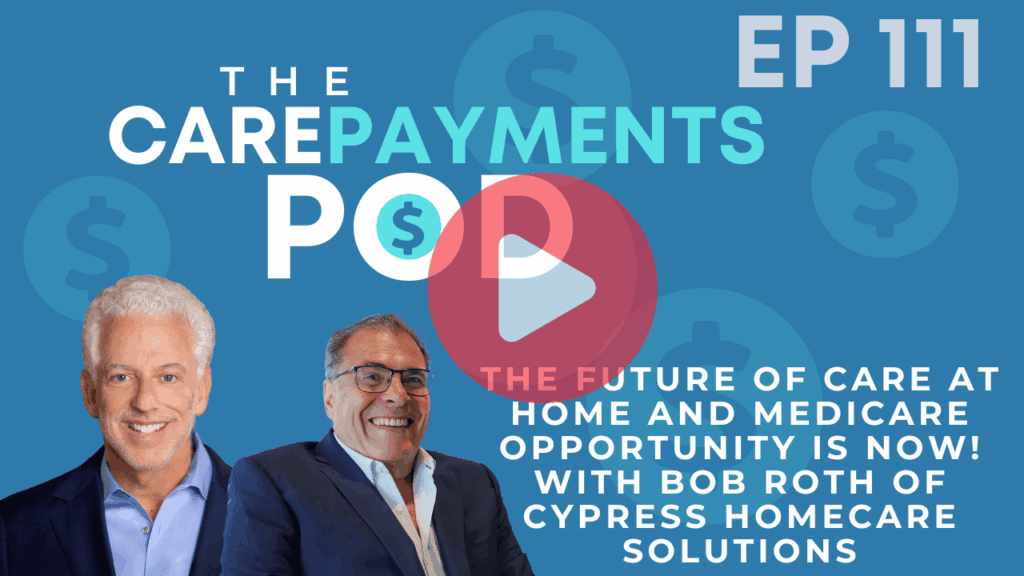THE VBP Blog
Home Health VBP Model - Elevating Outcomes in the Home
HHVBP model improved quality and reduced costs, leading to a national rollout.

October 7, 2025 – More than ever, older adults and people with disabilities are receiving care in their homes rather than hospitals or nursing facilities. Yet for years, the home health benefit under Medicare operated entirely on a fee-for-service basis, which pays agencies based on volume rather than outcomes. That changed with the launch of the Home Health Value-Based Purchasing (HHVBP) Model, one of the few CMMI initiatives to demonstrate both significant cost savings and quality improvements.
In this blog, we’ll unpack the design of the original HHVBP Model, review its outcomes, explore how it has evolved in its expanded form, and consider how it could shape future reforms in the long-term services and supports (LTSS) landscape.
Model Design and Intent: Linking Payment to Quality in the Home
The original Home Health Value-Based Purchasing (HHVBP) Model was launched by the Center for Medicare and Medicaid Innovation (CMMI) in January 2016 and tested through 2020. Its goal was simple but ambitious: pay home health agencies based on the value of care provided. It aimed to incentivize better performance on a range of clinical, functional, and consumer experience measures, while controlling costs.
The model was initially implemented in nine randomly selected states that included Massachusetts, Maryland, North Carolina, Florida, Washington, Arizona, Iowa, Nebraska, and Tennessee. These states represented a mix of urban and rural areas, diverse populations, and varying levels of home health agency saturation. All Medicare-certified home health agencies (HHAs) in these states were automatically included, which allowed CMS to test the model’s impact at scale and across different types of providers.
Under HHVBP, agencies could receive upward or downward payment adjustments based on their performance relative to peers. The maximum adjustment started at 3% and gradually increased to 7% by 2022.
Performance scores were based on:
- Clinical quality measures like timely initiation of care, hospital readmissions, etc.
- Functional improvement metrics like mobility and self-care
- Consumer experience surveys like HHCAHPS
- Claims-based outcomes like emergency department use, hospitalization, etc.
Agencies were scored against their own past performance and compared to national peers, rewarding both improvement and high achievement. By tying a significant portion of payment to outcomes, the HHVBP Model sought to push agencies to invest in care coordination, staff training, and consumer engagement tools. The hope was that a more proactive, outcome-oriented home health system would improve care for the growing population of Medicare beneficiaries receiving services at home.
Results and Evaluation: A Clear Win for Value-Based Care
The original HHVBP Model, tested from 2016 through 2020, stands out as one of the few CMMI demonstrations to achieve the elusive trifecta of lower costs, higher quality, and improved beneficiary experience. According to CMS’s independent evaluation reports, the model produced substantial savings for Medicare, while also raising the bar on clinical and functional outcomes for home health recipients.
Medicare Savings
Over its first five years, the HHVBP Model generated $949.2 million in total Medicare savings, a 1.6% reduction in spending compared to non-HHVBP states. These savings were driven primarily by decreased use of inpatient hospital stays ($546.8 million) and skilled nursing facility services ($201.2 million). Although the model also saw a modest 2.5% increase in outpatient ED visits, the net impact remained positive.
Improved Quality Performance
Participating agencies consistently outperformed their peers in key quality areas. On average, agencies in HHVBP states scored 7% higher on Total Performance Scores than those in non-participating states. The model also demonstrated improvements in patient functional status, including gains in self-care and mobility, particularly among beneficiaries who were not dually eligible for Medicaid. Additional quality gains included better medication education, more timely initiation of care, and overall improvement in composite quality measures.
Equity, Access & Culture Change
Although the model did not specifically target equity, performance gains were observed across a broad range of provider types, including small and rural agencies, suggesting that the model was both scalable and adaptable to different care settings. Agencies also reported that the HHVBP structure fostered a culture shift toward performance improvement.
Based on these results, on January 8, 2021, CMS announced intent to expand the HHVBP Model, and this was done via the final CY 2022 HH PPS rule.
What Worked—and What Didn’t
The HHVBP Model stands out as one of CMMI’s most successful demonstrations, both in terms of hard results and the broader culture change it encouraged among providers. Its transition from a pilot to a permanent national program speaks volumes about what the model got right. However, like any large-scale payment reform, it also revealed areas that need refinement.
What Worked
- Tying payment to performance worked. The model proved that home health agencies will respond to financial incentives when those incentives are clearly tied to measurable outcomes.
- Real-time data created a feedback loop. By combining claims-based metrics with patient-reported data and OASIS assessments, the model gave providers a comprehensive view of their performance.
- The model supported high-need populations. HHVBP achieved Medicare savings while improving quality without restricting access, even among medically complex or socially vulnerable individuals.
- The structure was scalable. The model’s automatic inclusion of all Medicare-certified agencies in participating states helped normalize value-based care across a diverse provider base, including small, rural, and nonprofit agencies.
What Didn’t Work
- Initial performance benchmarks were uneven. It was harder for top performers to show measurable gains, while lower-performing agencies had more room to improve. This made the incentives feel inequitable at times.
- Risk adjustment limitations created tension. Without robust risk adjustment for socioeconomic status, housing instability, or caregiver availability, some providers felt disadvantaged in the scoring system.
- Short timelines caused pressure. Annual payment adjustments created pressure to show quick results. While this drove urgency, some providers argued that certain quality improvements should be measured over longer periods.
- Complexity created administrative burden. For smaller agencies, especially those without robust data analytics capacity, the reporting and compliance requirements were challenging.
- Equity wasn’t a primary focus. While the model didn’t exacerbate disparities, it also didn’t specifically address them. There were no built-in requirements to stratify data by race, language, or disability status, and no targeted incentives to reduce disparities in outcomes.
Applying the Model to LTSS: Aligning Outcomes with Independence
The Home Health Value-Based Purchasing Model offers one of the clearest roadmaps for applying value-based payment to long-term services and supports because of its effectiveness for individuals with complex needs. While the model focused on Medicare-certified HHAs delivering post-acute care, its structure, incentives, and outcomes have direct implications for LTSS systems as well, particularly to home- and community-based services (HCBS) providers.
At its core, HHVBP rewards providers for helping people recover, remain stable, and avoid institutional care. These are the very outcomes that LTSS systems prioritize, including maintaining independence, supporting aging in place, and reducing unnecessary hospital or nursing home admissions. Just as HHVBP encouraged agencies to invest in care coordination and caregiver engagement, a similar payment model in LTSS could incentivize direct care providers, care givers, and HCBS agencies to deliver more proactive, person-centered care. In Managed Care LTSS, the model provides guidance for the care managers and coordination of care. The greatest challenge, however, is that most consumers in LTSS are not likely to “improve functional outcomes” or “recover”.
Several features of HHVBP could translate well to the LTSS space:
- Tying payment to measures of maintaining independence and the ability to support personal needs.
- Incentivizing reduced hospitalizations, emergency department visits, and readmissions within 30 days after being hospitalized.
- Use of consumer and caregiver experience surveys that align with CAHPS and personal well-being.
For states with integrated Medicare-Medicaid models like Dual Eligible Special Needs Plans (D-SNPs), HIDE, or FIDE SNPs, the opportunity is even greater. These models already blend funding streams and oversight, making it easier to implement value-based payment structures that reward both medical and non-medical outcomes.
Of course, LTSS-focused adaptations would require new risk adjustment assessments and payment models would need to balance short-term metrics with long-term independence. However, if the goal is to reward the kinds of support that keep people healthy, stable, and in their homes, HHVBP provides a tested framework to build from that could finally bring LTSS providers into the value-based payments.
Advocate’s Perspective
The HHVBP program offers a possible roadmap for LTSS reform by proving that tying payment to meaningful outcomes can improve care and reduce the total cost of care. HHVBP also showed the importance of consumer and care giver feedback, care coordination, and provider support, all of which are essential in LTSS. As states and payers redesign Medicaid LTSS systems, adapting the HHVBP approach could help shift the focus from service volume to quality of life, bringing dignity, stability, and real value to the forefront of care. Additionally, rate adjustment methodologies must be transparent, and providers must clearly understand that the rewards they receive are based on both their own performance and their performance relative to a cohort group. This complex measurement process requires education and cultural adaptation.
Onward!
The CarePayments Podcast
Episode #111
The Future of Care at Home and Medicare Opportunity Is Now! with Bob Roth of Cypress Homecare Solutions
WATCH NOW
Share This Blog!
Get even more insights on Linkedin & Twitter

About the Author
Fady Sahhar brings over 30 years of senior management experience working with major multinational companies including Sara Lee, Mobil Oil, Tenneco Packaging, Pactiv, Progressive Insurance, Transitions Optical, PPG Industries and Essilor (France).
His corporate responsibilities included new product development, strategic planning, marketing management, and global sales. He has developed a number of global communications networks, launched products in over 45 countries, and managed a number of branded patented products.

About the Co-Author
Mandy Sahhar provides experience in digital marketing, event management, and business development. Her background has allowed her to get in on the ground floor of marketing efforts including website design, content marketing, and trade show planning. Through her modern approach, she focuses on bringing businesses into the new digital age of marketing through unique approaches and focused content creation. With a passion for communications, she can bring a fresh perspective to an ever-changing industry. Mandy has an MBA with a marketing concentration from Canisius College.
